End-to-End SEO Testing with Playwright and Lighthouse
Reading time: ~ 5 minutes
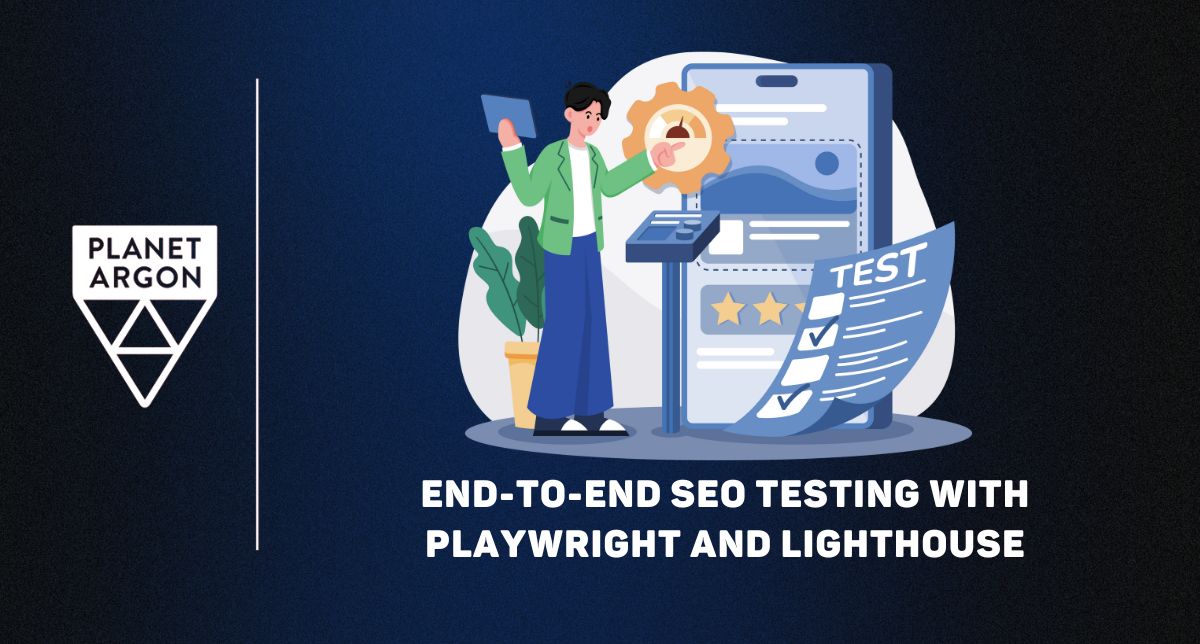
Automated testing is second nature for developers—it ensures our applications remain reliable, secure, and consistent as they evolve. But what about SEO? Search engine optimization is crucial to a website’s visibility, directly impacting traffic, conversions, and overall success. While SEO audits have traditionally been a manual process, automation is changing the game.
With the right tools, we can use end-to-end (E2E) testing to audit key SEO factors, ensuring our web applications follow best practices without constant manual checks. In this article, we’ll explore how to use Playwright, Puppeteer, and Vitest to integrate SEO auditing into your test suite, making search engine optimization a seamless part of your development workflow.
What is SEO?
SEO, short for search engine optimization, is the practice of improving your website’s visibility in search engines. It helps search engines understand your content and ensures users can find your site, decide whether to visit and have a smooth experience once they do.
Headless Browsers
Headless browsers—browsers without a graphical user interface—are widely used in automation. Many, like Chrome’s headless mode, include built-in tools to assess SEO, accessibility, and performance. One of the most well-known tools for this is Lighthouse, which provides automated reports on SEO issues and web performance metrics.
Choosing a Test Framework for SEO Audits
In the software development world, we have a lot of test framework tools. In this article, we will discuss 2 of them: Vitest and Microsoft Playwright
Vitest
Vitest is a next-generation JavaScript testing framework powered by Vite. It’s an excellent alternative to Jest, offering native TypeScript support, a fast setup, and solid performance. However, while it has an experimental headless browser, it’s not ideal for advanced scenarios like running SEO audits in CI/CD pipelines. Instead, we can pair Vitest with Pupetter, a more mature tool for headless browser automation.
Playwright
Playwright is a robust framework built specifically for end-to-end testing. Unlike Vitest, It was designed to handle real browser interactions, making it ideal for SEO audits. It supports Chromium, WebKit, and Firefox, runs on Windows, macOS, and Linux, and can execute tests in both headless and headless modes. Playwright even includes native mobile emulation to test how pages render on mobile devices.
Lighthouse: The SEO Testing Powerhouse
Lighthouse is an open-source, automated tool for improving the quality of web pages. It can be run on any public or authentication-requiring web page. It offers audits for performance, accessibility, progressive web apps, SEO, and more.
Using Lighthouse in your test suite means you can automate the process of checking for SEO issues as part of your development workflow.
This shift toward automated, behavior-driven checks echoes what Alan Ridlehoover emphasized on the Maintainable Podcast: building robust systems means testing how things behave in real-world conditions, not just how they’re expected to behave in isolation.
Practical Example: Running an SEO Audit with Playwright
To put theory into practice, we’ll learn how to configure Playwright to perform automated SEO audits on a website. By the end, you'll see how easy it is to integrate SEO testing into your development workflow—catching issues before they impact your search rankings.
Requirements:
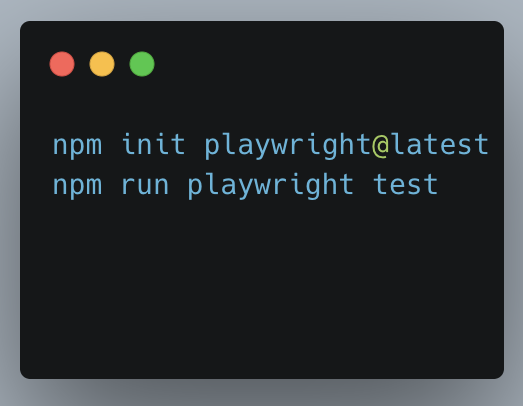
The Playwright config file
Playwright provides extensive options for customizing test execution. The configuration file allows us to set up test parallelization, specify the test directory, define a base URL for the page, use the page.goto(...) method, and configure multiple projects.
Playwright provides extensive configuration, allowing developers to customize test execution. The configuration file lets us:
✅ Set up test parallelization.
✅ Specify the test directory.
✅ Define a base URL for `page.goto(...).
✅ Configure multiple projects.
In the projects section, we can define which browsers to use, such as Chromium, Firefox, and Safari, and device-specific settings. This ensures that tests run with the correct configurations, whether we're testing desktop or mobile experiences.
📌 Example: Playwright Config File Setup
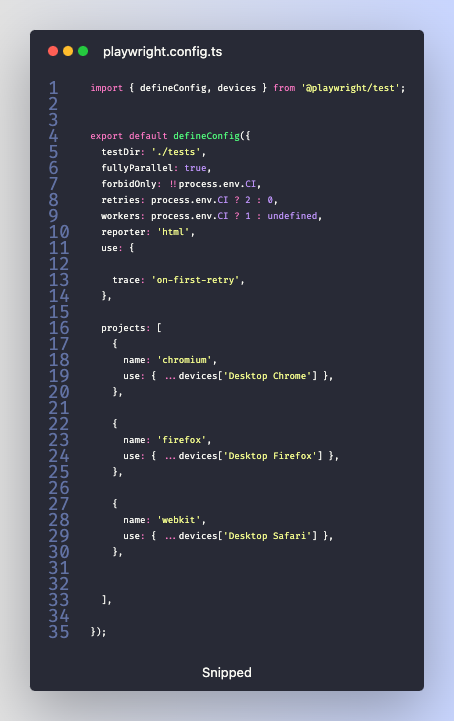
Writing SEO-Focused Tests with Playwright
Getting Started with Playwright
Creating tests in Playwright is straightforward—it’s similar to Jest. Simply create a .ts file in the tests folder, import test, and expect from @playwright/test. Playwright provides a page object that allows interaction with a webpage just like a real user.
📌 Example: Using the Page Object in Playwright
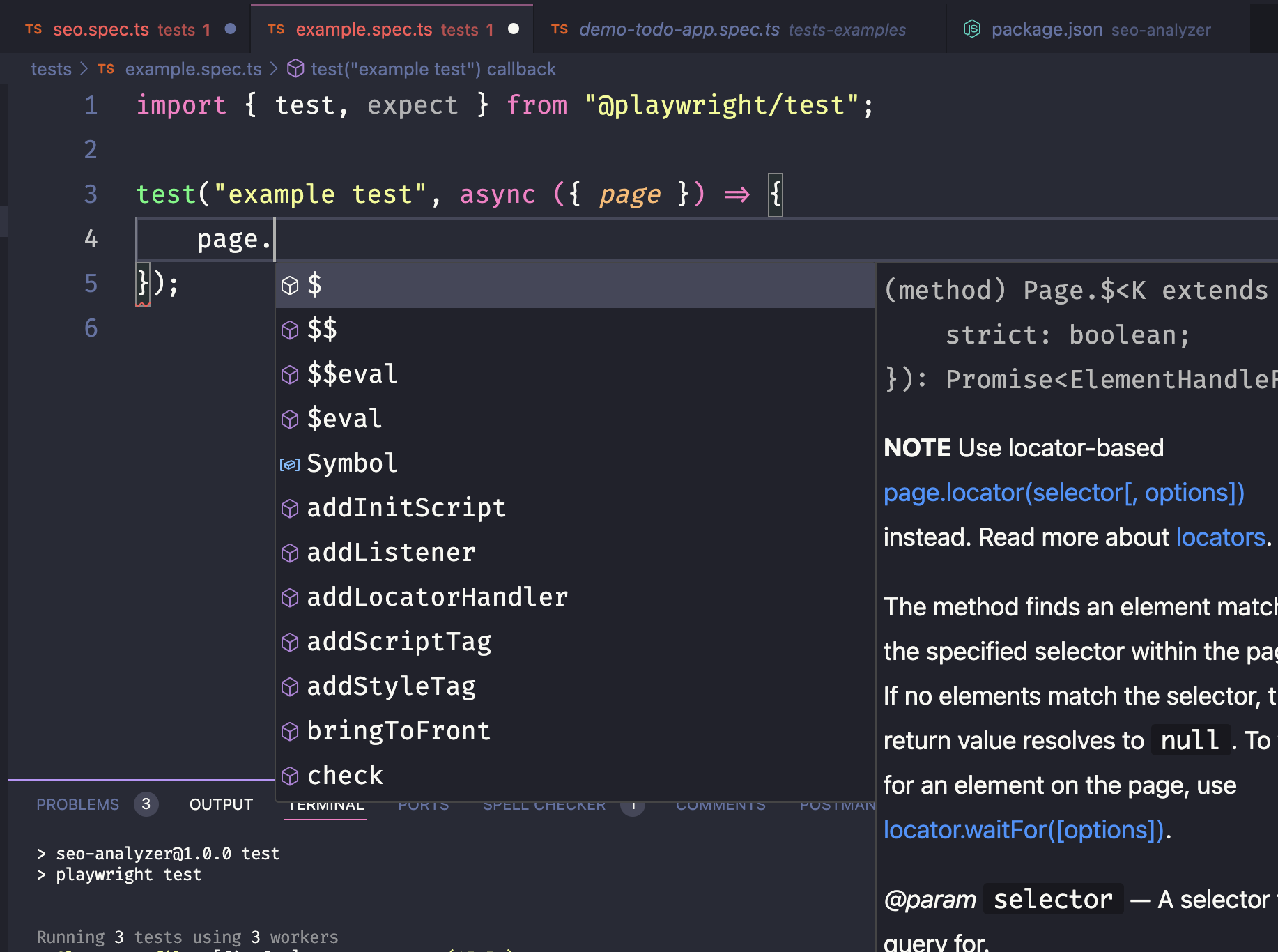
One of Playwright’s most powerful features is locators, which help us find elements, interact with them (click, type, etc.), and make assertions.
Common locator methods include:
page.getByRole(): Find elements by accessibility attributespage.getByText(): Locate elements by text contentpage.getByLabel(): Identify form inputs based on associated labelspage.getByPlaceholder(): Locate inputs using placeholder textpage.getByAltText(): Find images by alternative textpage.getByTestId(): Locate elements using a custom test attribute
Need finer control over which browser or rendering engine to use for specific tests? Playwright makes it easy. Simply import the required configurations from @playwright/test.
📌 Example: Running Tests on Specific Browsers
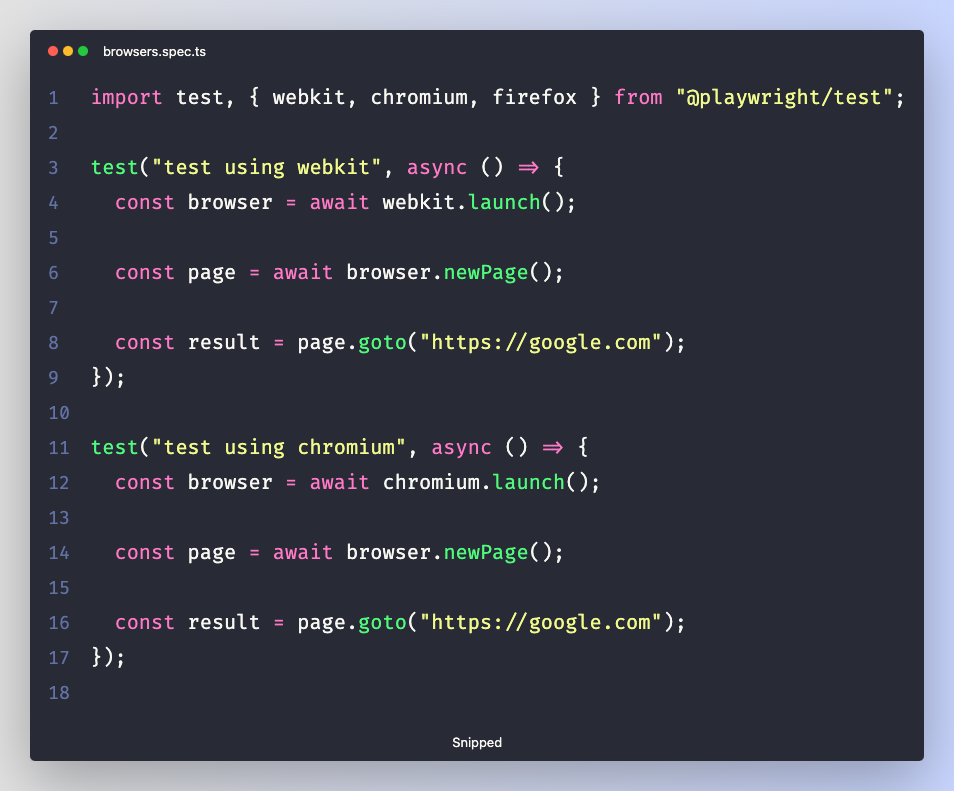
Writing SEO Tests in Playwright
Configuring a Base URL
To streamline navigation, we can define a Base URL in playwright.config.ts. This allows us to use relative paths instead of specifying complete URLs in every test.
📌 Example: Setting a Base URL in playwright.config.ts
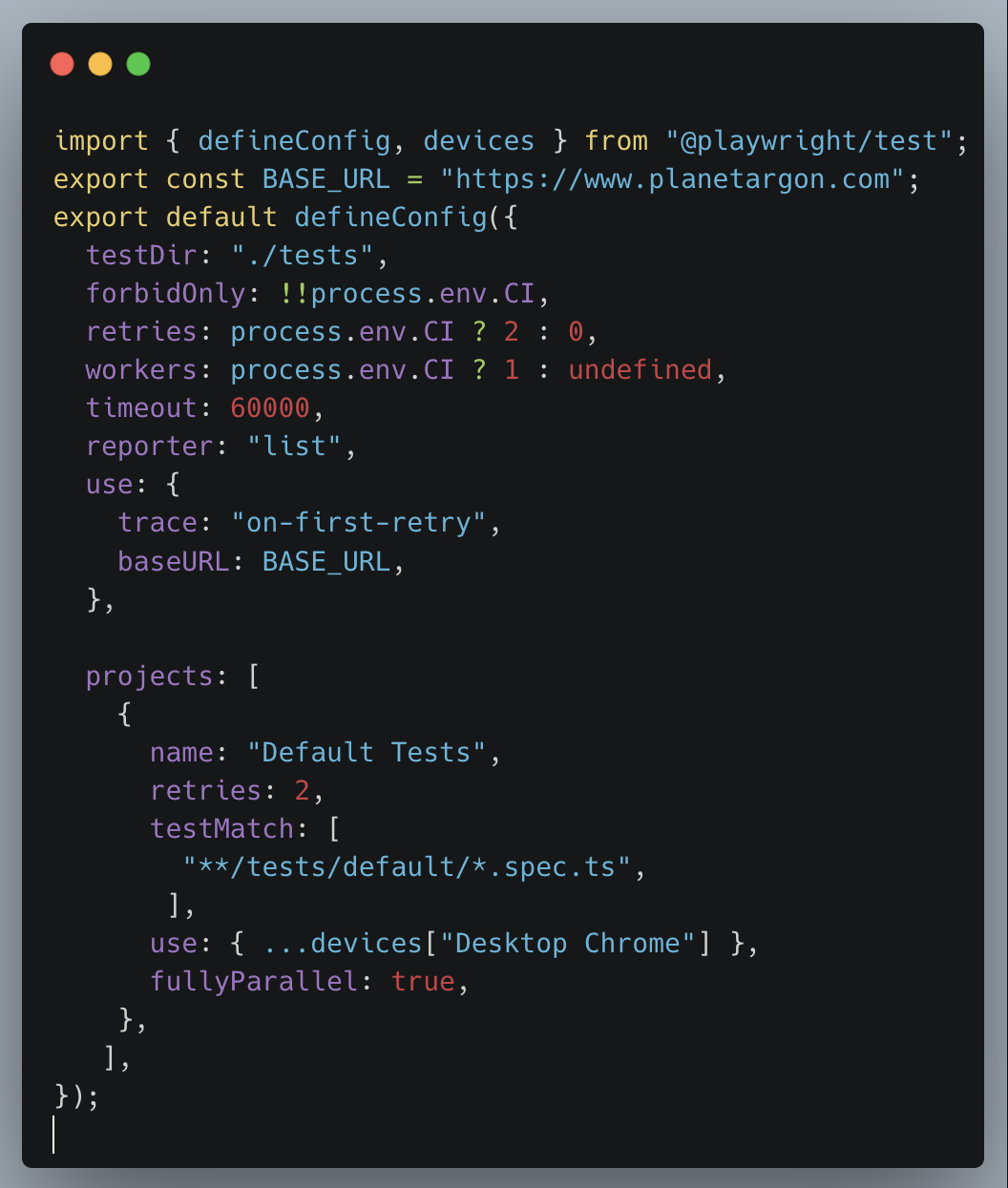
SEO-Specific Tests
Let’s look at some essential SEO checks that can be automated with Playwright.
1️⃣ Page should have a favicon.
![]()
2️⃣ Robots.txt should be valid.
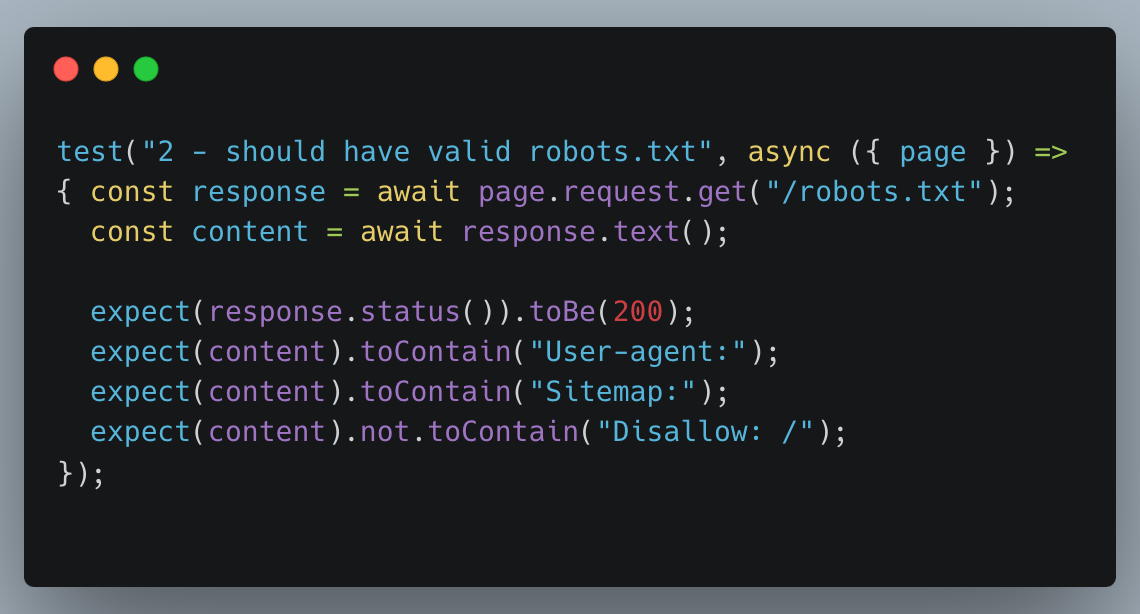
3️⃣ Sitemap should be valid.
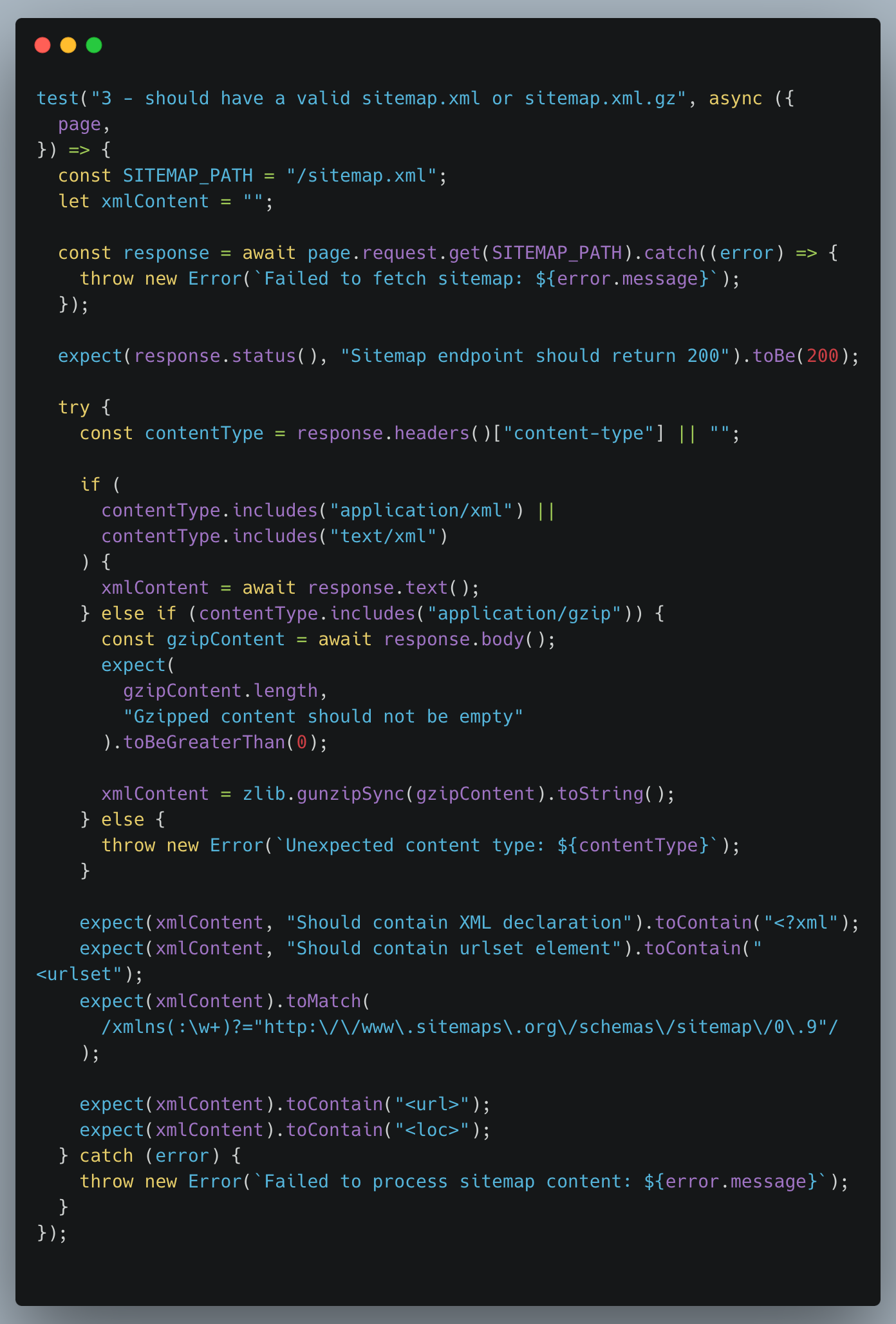
Note: Some web servers might return a compressed gz file with `XML' (as the Planet Argon Website does), so we test both possibilities.
4️⃣ Page should have a valid meta description.
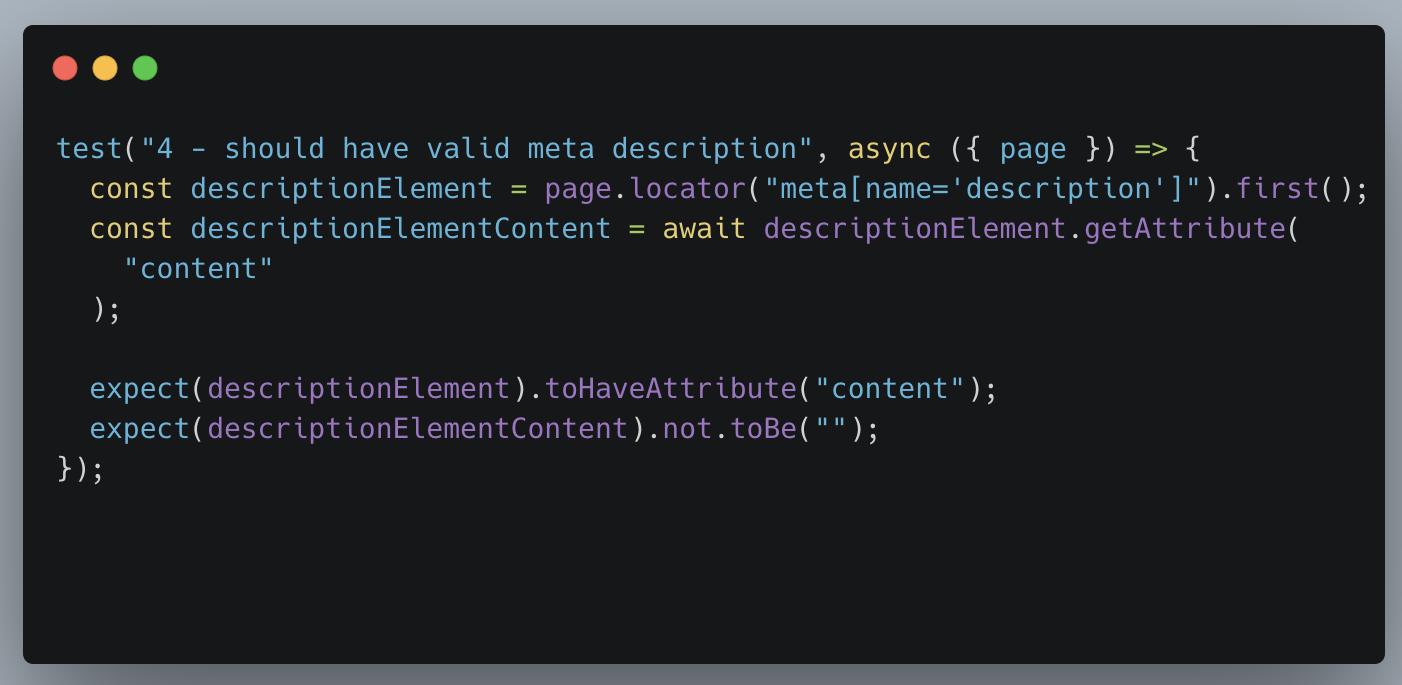
5️⃣ Page should have a valid title.
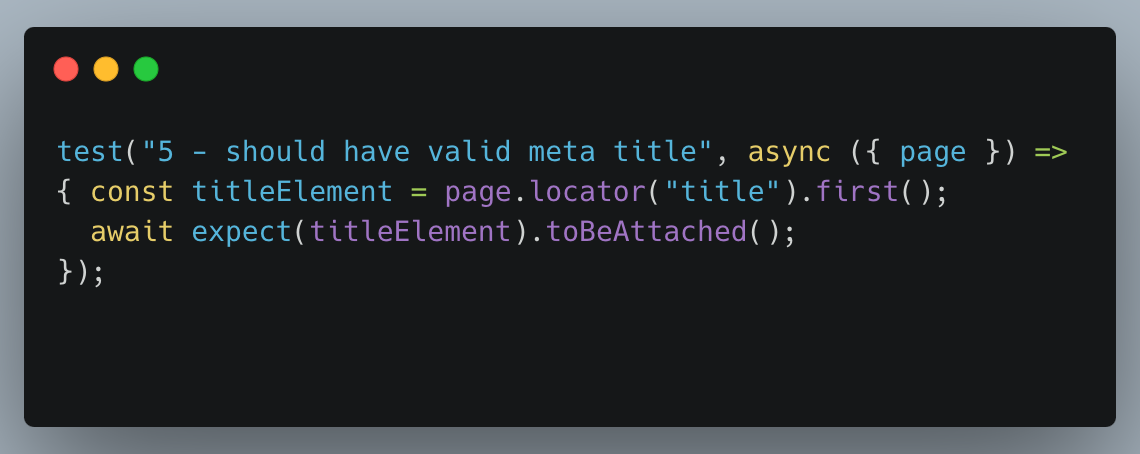
6️⃣ Page should have a valid viewport meta tag.
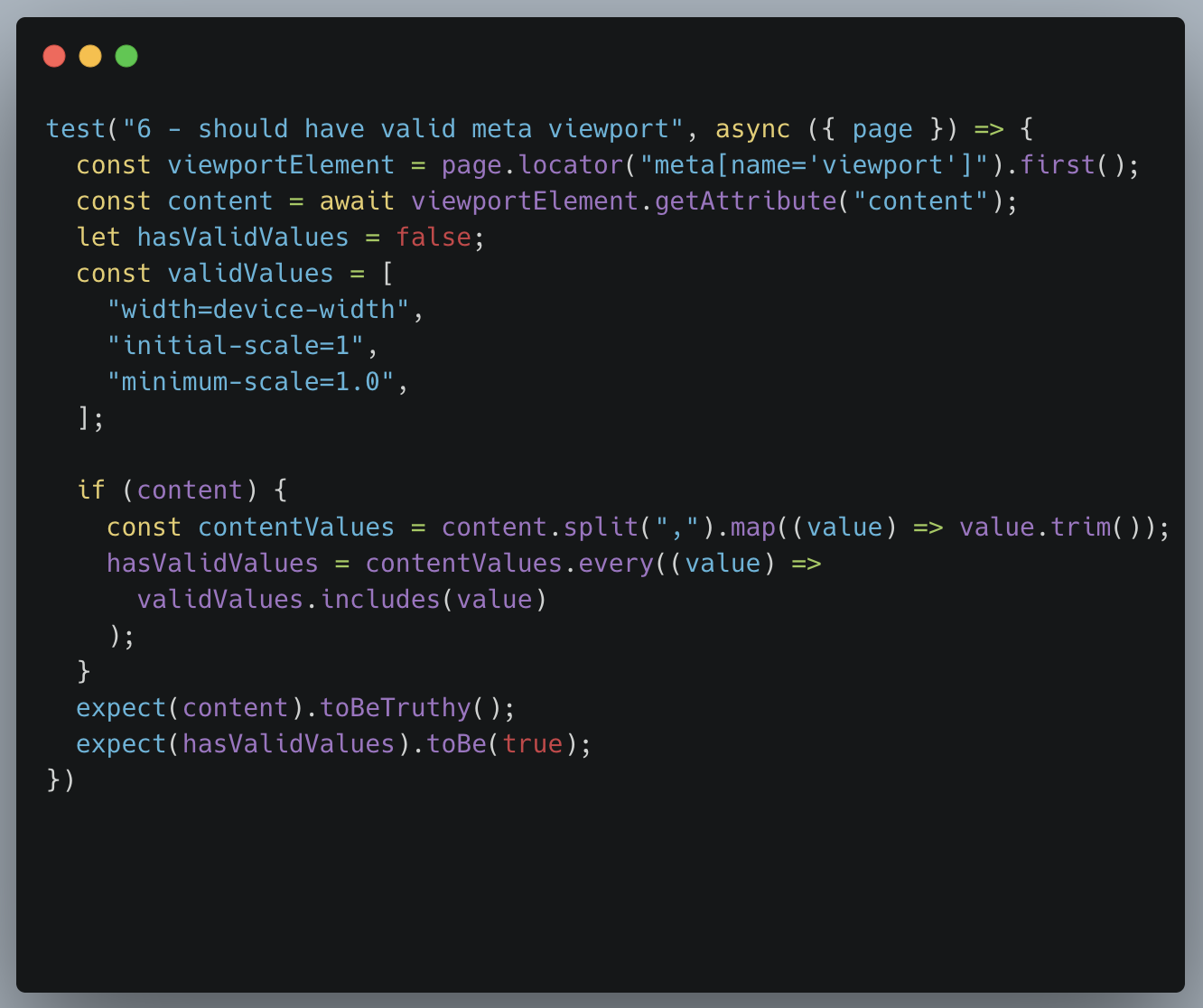
7️⃣ HTML tag should include a lang attribute.
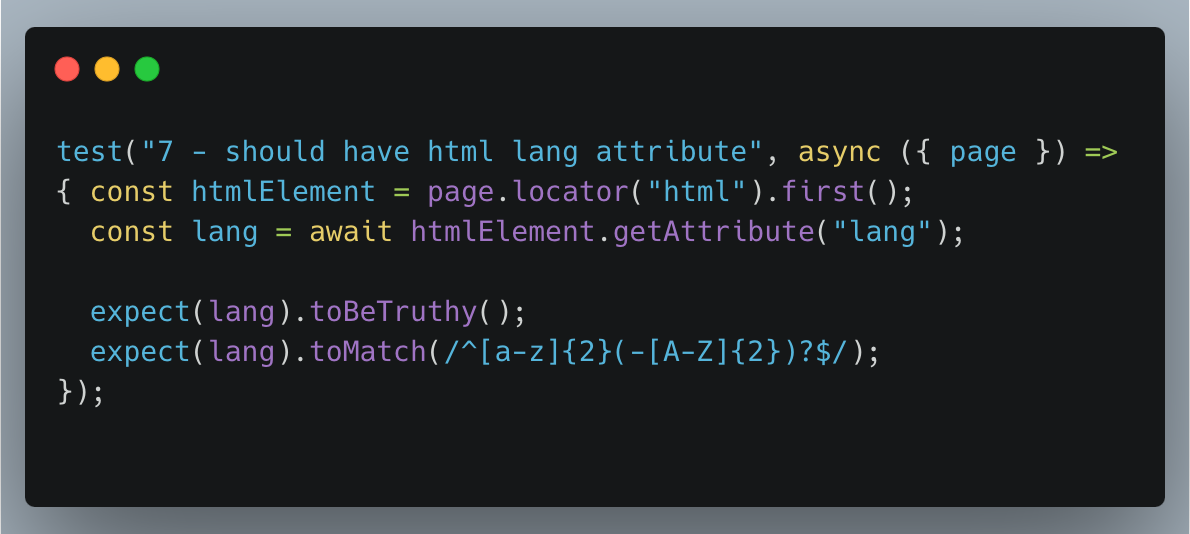
Running Lighthouse Tests with Playwright
To integrate Lighthouse audits with Playwright, install playright-lighthouse.
Threshold tests
Lighthouse allows us to define thresholds for key performance categories:
✅ Performance
✅ Accessibility
✅ SEO
✅ PWA
✅ Best Practices
If we pass nothing in the config, all categories will be tested and all scores will be 100 (default value).
Before writing Lighthouse tests, we must adjust some configurations in the playwright.config.ts file and create a new Lighthouse-specific project.
This is necessary to ensure that Lighthouse tests run with a single worker (by setting the worker count to 1), which helps avoid potential concurrency issues. Additionally, we need to configure Playwright’s Chromium browser to launch with port 9222 open, allowing Lighthouse to communicate with it during audits.
Lighthouse Test: Accessibility & Performance
Accessibility score should be above 90 and Performance above 70.
Very good! All your tests passed!!
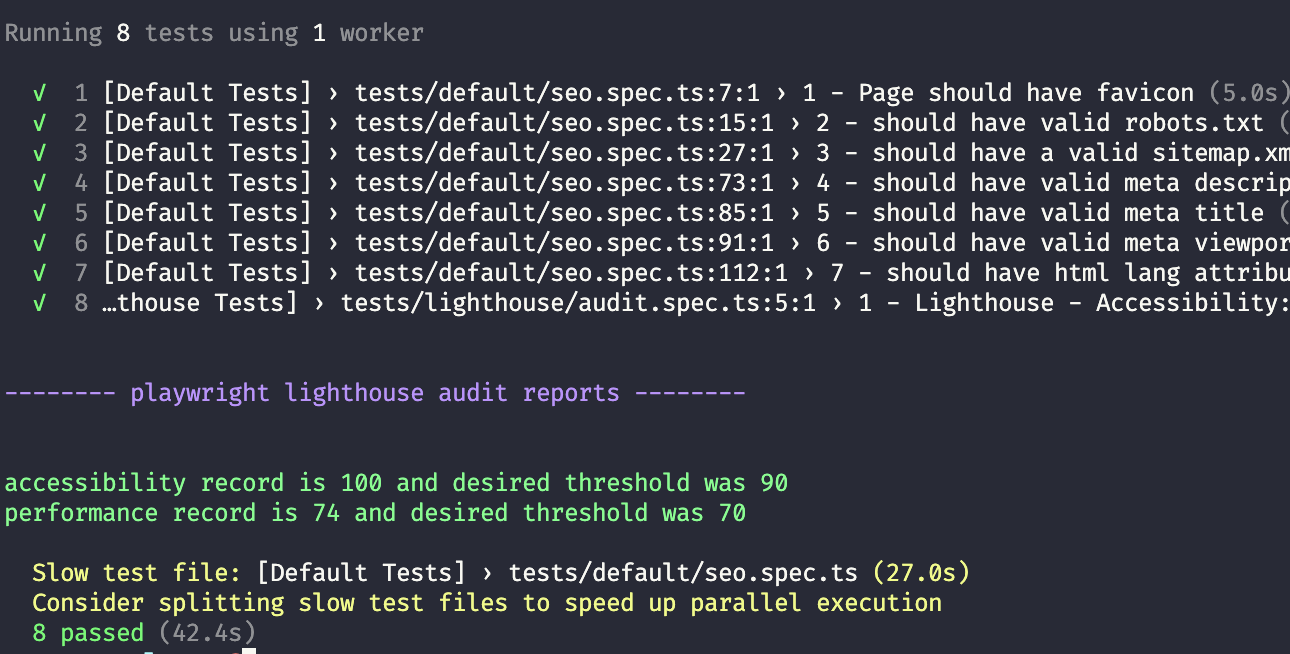
Final Thoughts
By incorporating end-to-end SEO testing with Playwright and Lighthouse, you can proactively catch SEO issues before they affect your rankings. Automating these tests in your CI/CD pipeline ensures that SEO remains a continuous, seamless part of development while helping to improve your site’s search engine rankings and overall performance.
References
1 - SEO Starter Guide
2 - Lighthouse Overview
3 - Vitest Guide
4 - Playwright Intro
5 - Abhinaba Ghosh/Playwright/Lighthouse
We Think You'll Also Enjoy Reading...
- "What is an Accessibility Audit, and Why Do You Need One?"
- "Deploying a Ruby on Rails app to DigitalOcean Using Kamal"
- "End-to-End Testing with Cypress: A Case Study"
FAQ's
Q: "Can Lighthouse detect all SEO issues?"
A: Lighthouse is a powerful tool, but it primarily focuses on technical SEO metrics. It may not catch content-related issues, keyword strategy gaps, or other aspects of on-page SEO, so it's best used alongside manual reviews and keyword tools.
Q: "How often should I run automated SEO tests?"
A: It depends on how often your website is updated. For active sites, weekly or bi-weekly automated SEO audits can help you catch issues early. For more static sites, a monthly check may suffice.
Q: "Will these tools improve my Google rankings directly?
A: Not directly. These tools help you identify and fix issues that might harm your rankings, but search engines consider many factors. Think of them as giving you a strong technical foundation for your broader SEO strategy.